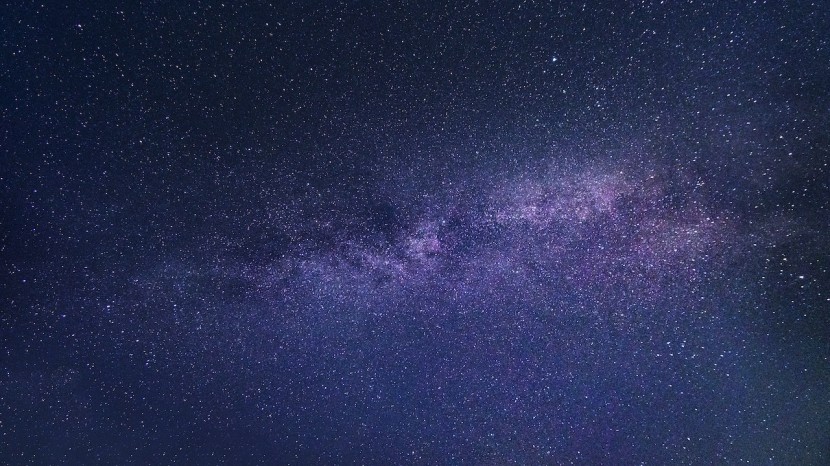
NASA astronomers, with the help of the James Webb Space Telescope, were able to detect the coldest ice ever recorded in human history hiding inside molecular clouds found roughly 630 light-years away.
The ice that scientists found is made of different elements and is housed inside molecular clouds, which are interstellar groupings of gas and dust. They are where hydrogen and carbon monoxide molecules can form. Dense clumps can collapse inside these clouds to form young stars called protostars.
Coldest Ices in the Universe
Astronomers focused the Webb telescope on the dark molecular cloud known as the Chamaeleon I, which appears blue in the latest image. They found a young protostar, known as Ced 110 IRS 4, glowing in orange slightly to the left. The researchers published a study that included the image on Monday in the Nature Astronomy journal.
More orange dots can be seen in the image representing the light from stars found in the background piercing through the cloud. The starlight was crucial in allowing astronomers to determine the diverse range of frozen molecules within the dark molecular cloud, which housed the formation of dozens of young stars, as per CNN.
NASA's Webb telescope peers through the vast cosmos through infrared light, which is invisible to the human eye. This type of light can reveal previously hidden aspects of the universe and pierce dense clusters of gas and dust that would otherwise prevent scientists from observing particular views.
Astronomers have previously used the space observatory to discover a diverse range of some of the coldest ices in history found in the darkest regions of a molecular cloud. The international research team surveyed the cloud, identifying water ice and frozen forms of ammonia, methanol, methane, and carbonyl sulfide.
Experts believe that these icy molecules contribute to the formation of stars and planets and could even help form the building blocks of life. Ices supply planets with various elements, such as carbon, hydrogen, oxygen, nitrogen, and sulfur, that could lead to the formation of planets similar to Earth.
Read Also : Supermassive Black Holes on Collision Course
The Building Blocks of Life
An astronomer at Leiden Observatory in the Netherlands, Melissa McClure, is the principal investigator of the observing program and lead author of the study. She said that the research results provided insights into the initial, dark chemistry stage of the formation of ice in the cosmos, according to NASA.
She added that the team's observations have opened up a new window on the formation pathways for the simple and complex molecules required to create life's building blocks.
An astrochemist, Prof. Martin McCoustra, said that the observation is exciting for two main reasons. First, it makes scientists more confident in the conditions they are recreating in laboratories. The second is because the molecules that Webb found are vital materials in the formation of the building blocks of life.
He added that they were continuously growing, certain that many of the components of the organic soup from which life evolved were extraterrestrial. McCoustra said that they were generated as a natural part of the process where the sun and solar system were formed, said Sky News.
Related Article: Astronomers Detect Special Radio Signals From Distant Galaxy








